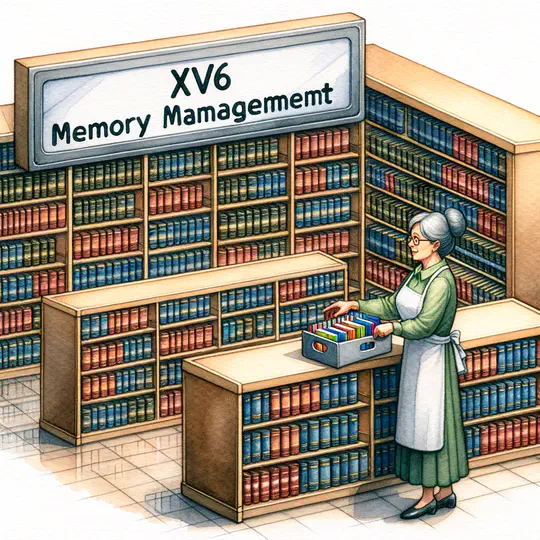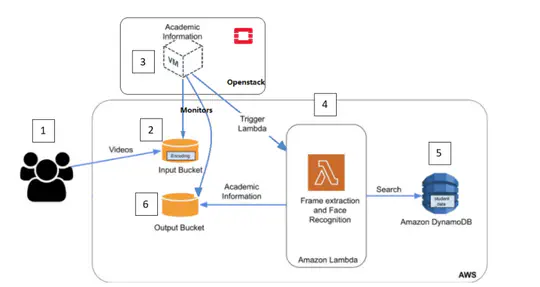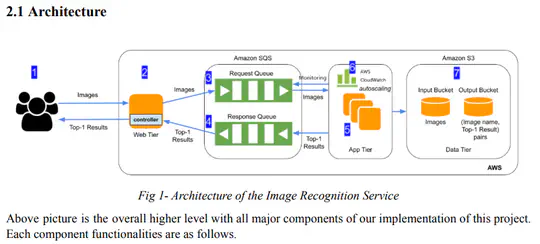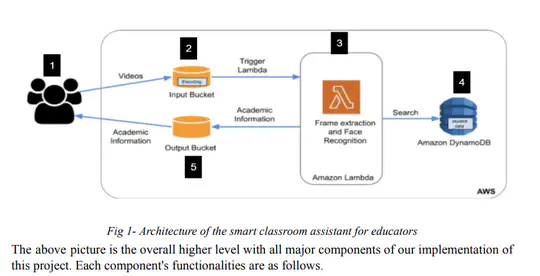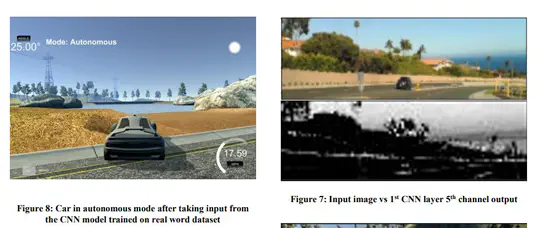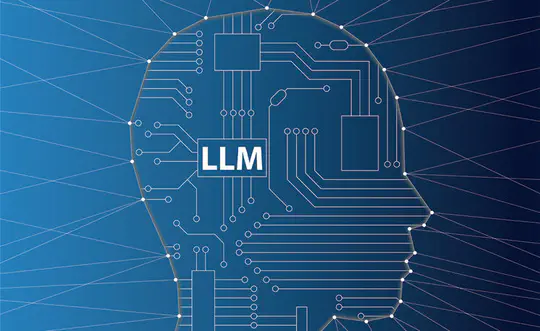Biography
I’m a CS master’s student with a passion for turning data into actionable insights and crafting robust software solutions. With three years of diverse work experience, I’ve honed my skills as a software developer and data scientist.
My expertise spans multiple programming languages including Python, Java, C/C++, JavaScript, and SQL. I’m well-versed in utilizing frameworks and tools such as PyTorch, TensorFlow, REST, Flask, Redis, MongoDB, GNU, GDB, Git, Kubernetes, and Docker to build cutting-edge applications.
Currently pursuing my master’s, I’m eagerly seeking full-time opportunities starting in 2024 to apply my knowledge and skills in a dynamic work environment.
- Natural Language Processing
- Application Development
- Large Language Models
MSc in Computer Science, 2024
Arizona State University
MSc in Mathematics, 2019
Birla Institute of Technology and Science (BITS), Pilani
BE in Mechanical Engineering, 2019
Birla Institute of Technology and Science (BITS), Pilani
Skills
Experience
Projects include:
- Part of a team that designed a positive-unlabeled machine learning algorithm to identify ovarian cancer patients with missing insurance claims for surgery, biomarkers, and PARP (poly ADP-ribose polymerase inhibitors) which resulted in identification of $40 million unaddressed opportunities for the client.
- Developed a Seq2Seq LSTM Encoder-Decoder model to identify anomalous ovarian cancer patient journeys and used cross-entropy loss to evaluate the anomalous patient cluster.
Projects include:
- Implemented containerization of an existing solution and deployed it on a Google Kubernetes Orchestration Cluster, while also building a highly scalable video processing framework using Pub/Sub, resulting in a 158% improvement in the client’s product efficiency
- Part of a team that designed and implemented a binary CNN based AI model for top US medical firm to classify images of a SARS-CoV-2 Antigen test cassette for the COVID-19 virus, achieving exceptional sensitivity and specificity of 0.99 and 0.98 respectively
- Developed and implemented a data retrieval model that fetches information from two separate unstructured databases for a given user query. Utilized Universal Sentence Encoder to create embeddings, weighting column names and values, and integrated DistilBERT to find the exact answer from the top 3 scored columns based on their Cosine Similarity
Projects
Recent Posts
Contact
I am always open for a chat over coffee.
- smullan2@asu.edu
- +1 480 442 8803
- 711 W Broadway Rd, Tempe, AZ 85282
- Book an appointment
- DM Me
